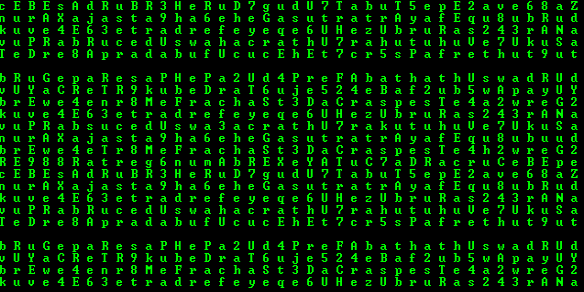
Eric De Grasse
Chief Technology Officer
28 December 2020 (Paris, France) – About 11 years ago, I built an AI program that uses the Factiva database (plus four other media databases) which allows our team to monitor about 1,500 primary resource points every month. For our former boss and the founder of our Group, Greg Bufithis, I built a more sophisticated version which he described in his end -of-the-year post.
As Greg noted in his post, Factiva aggregates content from both licensed and free resources, and then depending on the what level you want to pay has all types of search and alert functions: it plows through websites, blogs, images, videos, etc. so you have the ability to do a deep dive pretty much into any region of the world or country in the word based on persons, trends, subject matter, etc.
Yes, a tsunami of material but via my AI/API series I can compartmentalize and then distribute to the appropriate staff members for further reading and analysis. You can get an idea of the possible outputs if you read Greg’s 2019 version of “52 things I learned this year which you can read by clicking here.
I took things down a notch this year. Here is my timeline of the most interesting stats of the year:
![]() Twenty-one percent of U.S. adults regularly wear a smartwatch. (January)
Twenty-one percent of U.S. adults regularly wear a smartwatch. (January)
![]() The Apple Watch outsold the entire Swiss watch industry by 10 million units in 2019. (February)
The Apple Watch outsold the entire Swiss watch industry by 10 million units in 2019. (February)
![]() Of the 22 biggest banks in Europe, 22 say their primary cloud services provider was American. (March)
Of the 22 biggest banks in Europe, 22 say their primary cloud services provider was American. (March)
![]() Nineteen percent of U.S. adults have bought or tried a VR headset. (April)
Nineteen percent of U.S. adults have bought or tried a VR headset. (April)
🗣 Eighteen percent of Americans would put their name on an autonomous vehicle waitlist. (May)
![]() Surveillance cameras can be found in nearly 30% of smart homes in the U.S., UK, Germany, and France. Meanwhile, 23% of Americans think the government surveils their offline conversations. (June)
Surveillance cameras can be found in nearly 30% of smart homes in the U.S., UK, Germany, and France. Meanwhile, 23% of Americans think the government surveils their offline conversations. (June)
![]() By 2025, 148 million “jobs of the future” (software development, cloud, AI, privacy, etc.) will be created. (July)
By 2025, 148 million “jobs of the future” (software development, cloud, AI, privacy, etc.) will be created. (July)
![]() Southeast Asia will have 310 million digital consumers by the end of 2020. (August)
Southeast Asia will have 310 million digital consumers by the end of 2020. (August)
![]() NASA says it generated an economic output of $64 billion in the 2019 fiscal year. The agency received $21.5 billion, or 0.5% of the overall federal budget. (September)
NASA says it generated an economic output of $64 billion in the 2019 fiscal year. The agency received $21.5 billion, or 0.5% of the overall federal budget. (September)
![]() The People’s Bank of China says it’s processed more than 1.1 billion yuan (over $160 million) across 3.1+ million digital yuan transactions. (October)
The People’s Bank of China says it’s processed more than 1.1 billion yuan (over $160 million) across 3.1+ million digital yuan transactions. (October)
![]() Bitcoin passes $15,000. (November)
Bitcoin passes $15,000. (November)
![]() A Chinese industrial equipment manufacturer sold almost 100 dump trucks during a three-hour Pinduoduo live-streaming session with 3.7 million viewers. (December)
A Chinese industrial equipment manufacturer sold almost 100 dump trucks during a three-hour Pinduoduo live-streaming session with 3.7 million viewers. (December)